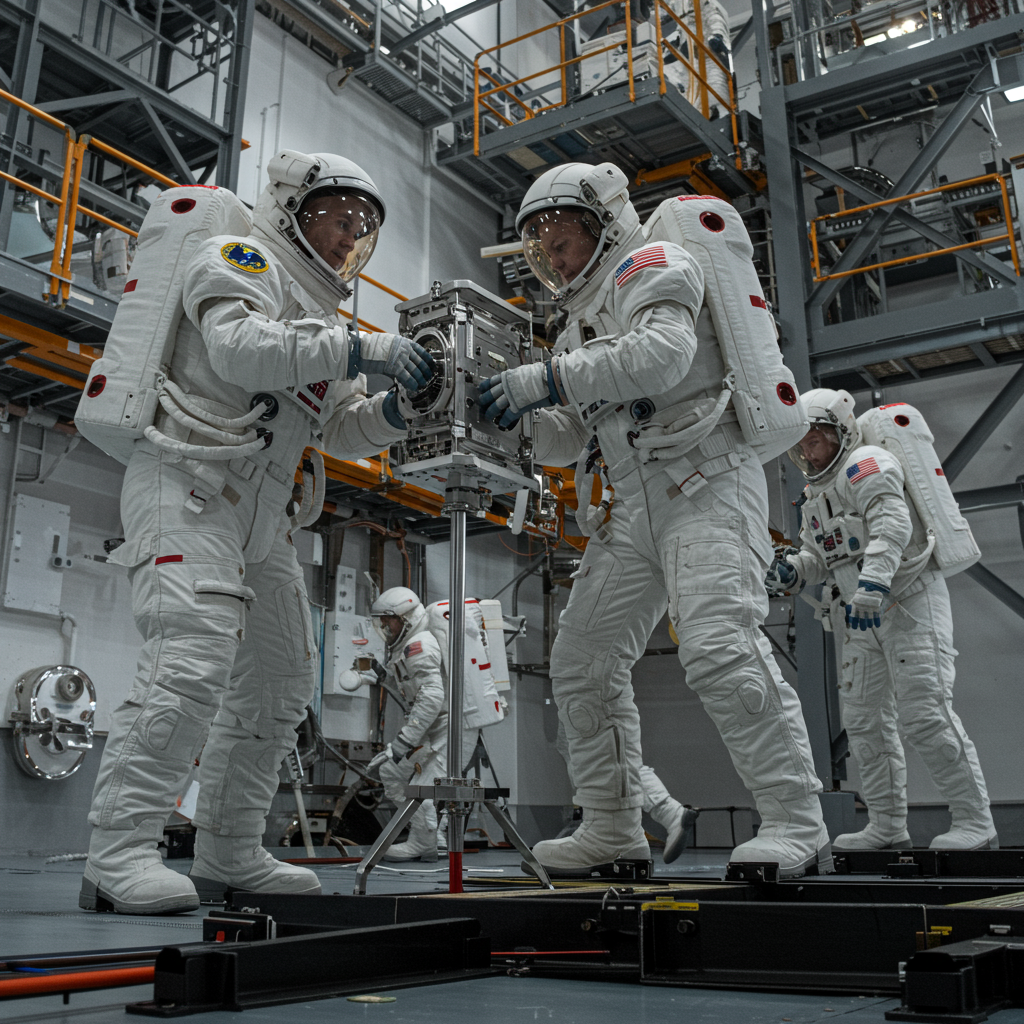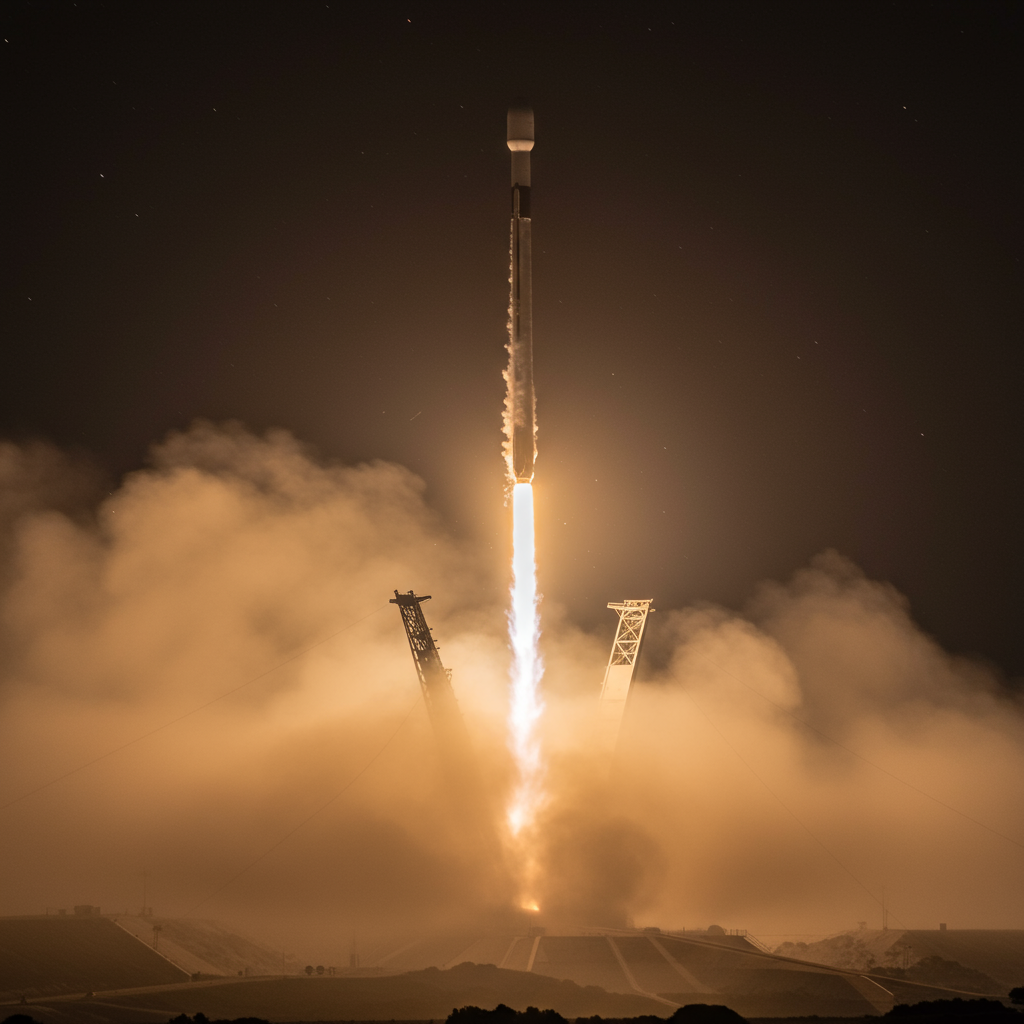Preparing Artemis 2: Practicing Emergency Crew Recovery
As NASA gears up for the Artemis 2 mission, the first crewed step in returning humans to the moon, rigorous preparations are underway to ensure crew safety and mission success. Among the critical drills, the four-person crew recently participated in a simulated launch pad abort scenario focusing on emergency recovery procedures.
This vital dress rehearsal saw Artemis 2 crew members join forces with experts from NASA and the Department of Defense. The exercise involved the Crew Module Test Article (CMTA), a full-scale mockup of the Orion spacecraft, being dropped into the waters off the coast of Florida, near NASA’s Kennedy Space Center. With mannequins simulating the astronauts, the teams practiced the complex steps required to locate, access, and recover the capsule and its occupants following a hypothetical abort shortly after launch.
Why Emergency Drills are Essential for Artemis 2
The Artemis 2 mission, currently targeted for launch no later than April 2026, represents a significant leap forward from the uncrewed Artemis 1 mission in 2022. It will send astronauts around the moon for a 10-day journey, pushing the limits of the Orion spacecraft and testing systems vital for sustaining human life in deep space. Given the inherent risks of spaceflight, comprehensive emergency preparedness is paramount.
Practicing worst-case scenarios, like a launch pad abort, months ahead of the scheduled liftoff ensures that every team member knows their role and that procedures are ironed out. This specific water recovery drill complements a host of other critical tests designed to certify the Orion capsule for crewed flight. For example, the actual Orion module that flew Artemis 1 underwent intense acoustic testing simulating launch abort conditions, followed by successful testing of its forward bay cover jettison mechanism – a crucial step before parachutes can deploy.
Beyond emergency scenarios, preparedness also extends to the astronauts’ ability to live and work effectively in the cramped confines of Orion during their mission. Teams have also been testing necessary equipment like a flywheel exercise device, essential for crew health, even evaluating its use in microgravity during parabolic flights to understand the unique challenges of exercising in space.
Artemis 2: On the Path to the Moon
The Artemis program is NASA’s ambitious plan to establish a long-term presence on the lunar surface. Despite technical challenges, including past delays stemming from issues like the Orion heat shield’s performance during Artemis 1 reentry (now addressed with trajectory adjustments for Artemis 2 and improved shield production for future missions), the program is moving forward.
Current work at Kennedy Space Center involves stacking the massive Space Launch System (SLS) rocket boosters, a visible sign of progress towards the Artemis 2 launch date. While the exact timing for the final “wet dress rehearsal” – fueling the SLS and practicing the countdown – is still being determined, these intensive final preparations, including simulated recoveries and subsystem testing, are crucial steps in proving the entire system is ready to safely carry humans back towards the moon. The commitment from NASA and its partners remains firmly focused on making Artemis 2, and the subsequent lunar landing missions, a reality.




